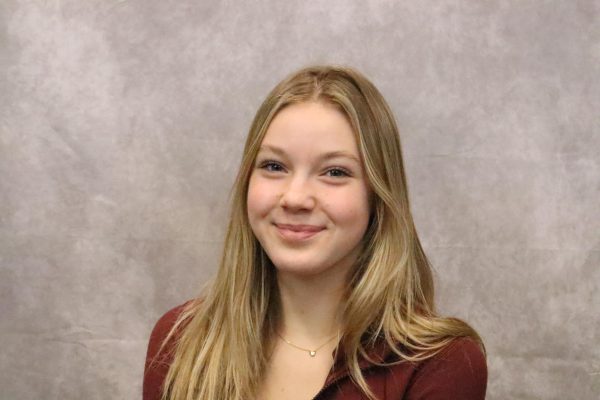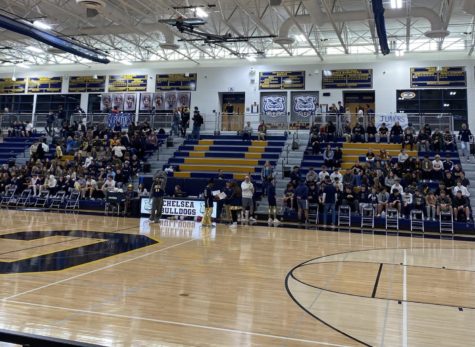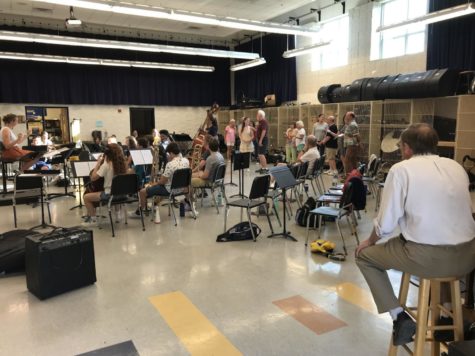Nurturing Connections: Reviving the Heartbeat of Education Post-COVID
As the dust settles from the unprecedented disruption caused by the COVID-19 pandemic, educational institutions worldwide are grappling with the lasting effects on student-teacher relationships. The shift to remote learning and the subsequent return to in-person classes have led to profound changes in the ways educators and students interact. While challenges still arise, unexpected opportunities for growth and connection emerged, reshaping the very foundation of these vital relationships.
At the height of the pandemic, Chelsea, along with many other districts, was forced to implement remote learning strategies, leaving teachers and students navigating an uncharted landscape. Many educators have been making it a priority to rebuild the personal relationships that were lost so easily through a screen, but still face some challenges.
Heather Hugg, a long time math teacher at Chelsea High School, expressed some of the difficulties with the new norms after COVID.
“I think that the normalcy of coming in early, before class, has changed,” Hugg said. “It used to be normal for people to come in early during Zero Hour. Sometimes my room would be packed. And now, I might have one or two students come in, which is a huge and noticeable difference.”
Recognizing the importance of seeking assistance from teachers is a pivotal aspect of building a strong relationship with them. In the post-COVID educational landscape, where the dynamics between students and teachers have undergone significant transformations, the ability to ask for help has taken on even greater significance. By embracing the willingness to seek guidance, students demonstrate their trust in educators, fostering an environment of open communication and collaboration.
Many students might not feel comfortable doing this because it hasn’t been a part of their schedule for the past 2 years. Sarah Capper (‘23), a senior at Chelsea High School, has been able to experience and compare relationships between students and teachers before and after COVID.
“I don’t see or know a lot of students now that go in for help,” Capper said. “I honestly think Zoom taught students that if they didn’t put 100% effort in, they still could get away with doing well and passing a class, and people still have that same mindset.”
In this post-pandemic era, the reimagining of student-teacher relationships offers valuable lessons for the future. It highlights the need for educators to adapt to changing circumstances, and remain resilient in the face of adversity. Moreover, it underscores the change in routine students need to make, in order to feel comfortable asking for help and building/rebuilding relationships.
“That’s where we start to see such a dramatic fall in teacher-student relationships,” Capper said. “The amount of effort students have been putting into schoolwork has dropped so much, including caring about those important connections with teachers.”
The pandemic may have disrupted traditional education, but it also presented an opportunity to evolve and reimagine the very essence of these essential bonds, leaving a lasting legacy in the realm of education at Chelsea High School.
Your donation will support the student journalists of Chelsea High School. Your contribution will allow us to purchase equipment, cover our annual website hosting costs, and write more stories for you to read!

Naomi Ratliff is a junior at CHS. This is her second year writing for the blue print, and she enjoys writing stories to inform her peers. Naomi is involved...




